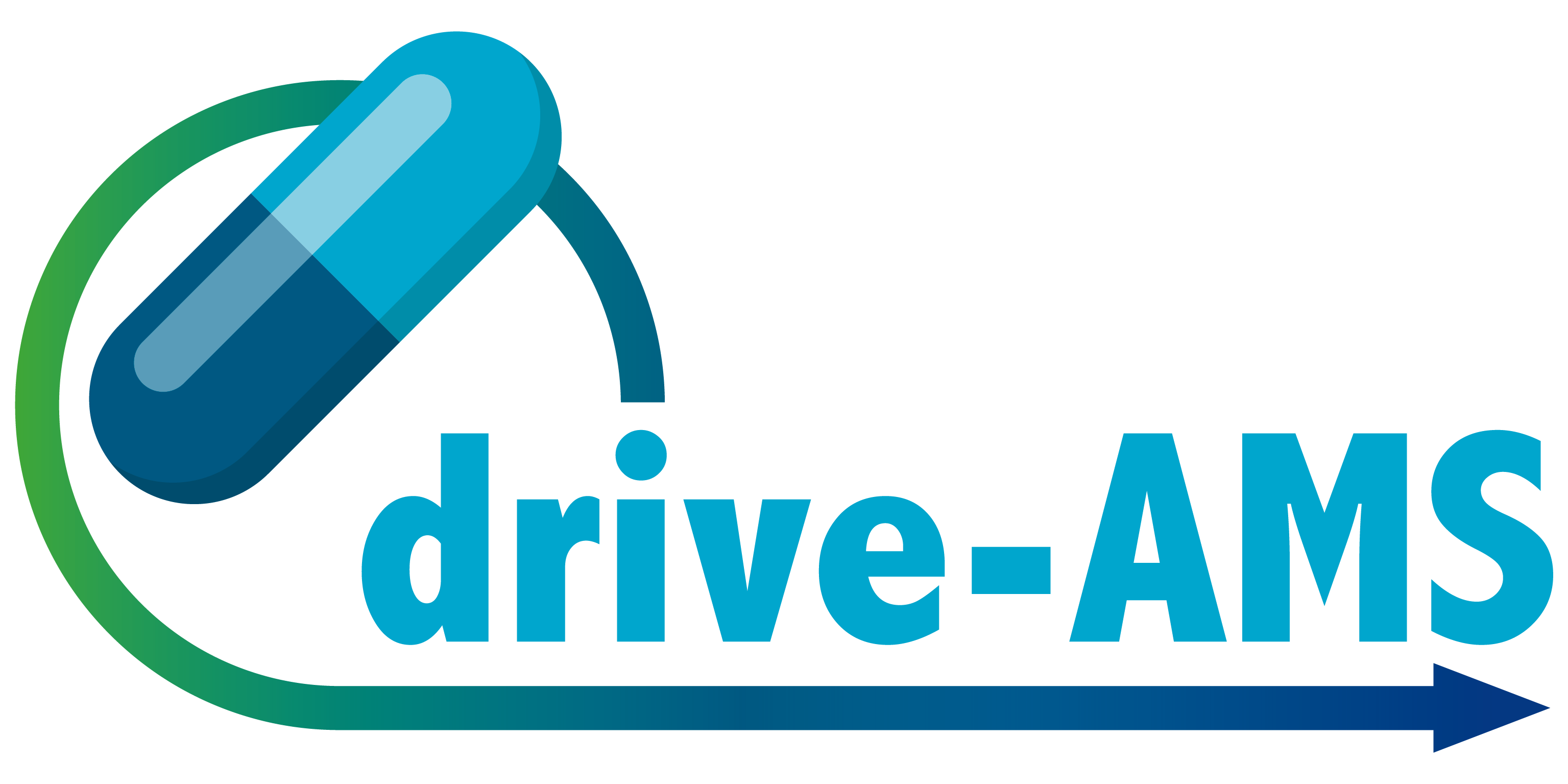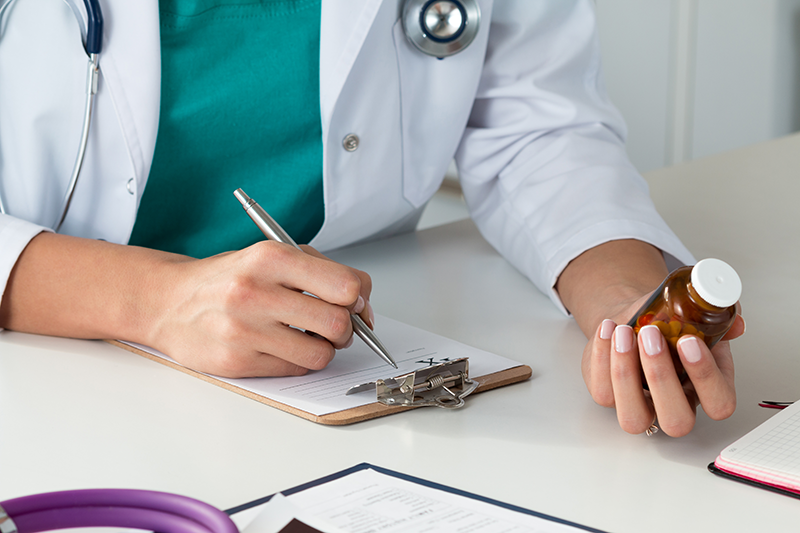Can you introduce yourself and your role within the drive-AMS project in Romania?
I’m a clinical pharmacist at the Hospital for Infectious Diseases in Cluj-Napoca, Romania. In addition, I’m part of the drive-AMS team so I do the point prevalence survey for my hospital. Professor Mihaela Lupse and I implement what we have learned from the drive-AMS course and are preparing our in-country drive-AMS course for the hospitals in Romania, which is coming up in March.
What does a clinical pharmacist do on a daily basis?
I go on daily rounds to check the medication of patients, but I’m not able to see every patient because I’m the only clinical pharmacist in my hospital. Therefore I alternate between the departments to make sure I regularly visit each one. I go over the treatment plans and prescriptions and make sure that there are no interactions and contraindications for the prescribed drugs or indications that the antibiotics should be stopped and.
How are you conducting antimicrobial stewardship in your hospitals?
We have protocols that we try to follow for the most frequent infectious diseases in our hospital. We also have a list of restricted antibiotics that can only be prescribed after approval. We monitor the antibiotic consumption and resistance patterns, look at reports that we receive from the lab and modify the protocols accordingly.
Can you give some concrete examples of your AMS activities?
The Global-PPS reports showed that the most important problem in our hospital is the overuse of carbapenems, this is what we aim to decrease at the moment. In addition, we are working on setting up a protocol for invasive candida infections.
In your daily work, what are the main challenges or biases you are confronted with when it comes to AMR?
In Romania, we are confronted with a lot of antibiotic overuse. Many patients take antibiotics even without prescriptions which results in very high resistance rates. There are especially a lot of multidrug resistant bacteria and the antibiotics for this type aren’t widely available. We noticed that there were a lot more cases of patients with multidrug resistant infections in 2023 compared to the years prior. Most of these patients come to our hospital since we specialise in infectious diseases so it has become a significant burden.
Currently, there is a lack of awareness around antimicrobial stewardship and AMR in Romania. However, I’m really hopeful that this project will positively impact this as well as our prescription patterns.

